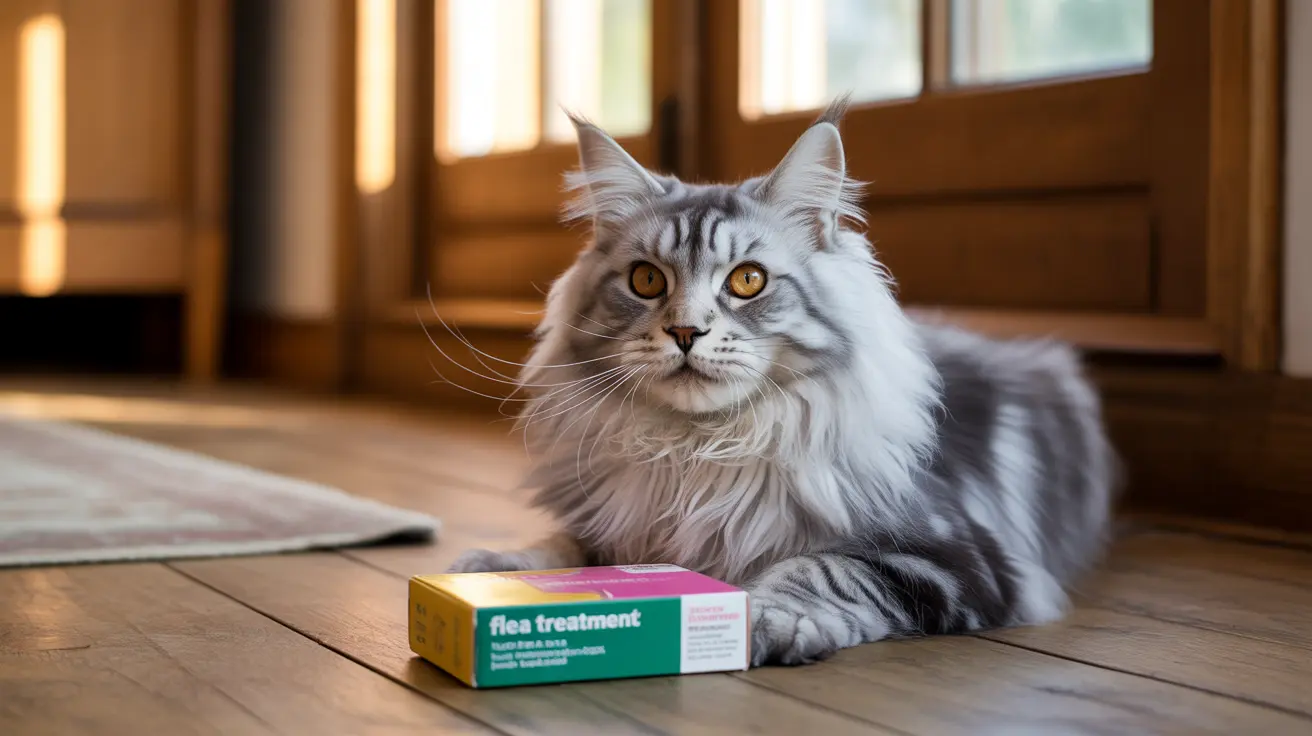Can Dogs Eat Pears with Skin? A Comprehensive Guide for Pet Owners
Many dog owners seek healthy treat alternatives that provide nutritional benefits while satisfying their dog's palate. Pears are one such fruit that might catch your attention. If you're wondering whether the skin of a pear is safe for dogs, this comprehensive guide offers helpful insights into the matter.
Are Pears Safe for Dogs?
Fresh pears are generally safe for dogs to eat when prepared correctly and given in moderation. They contain:
- Vitamin C and A – support the immune system and vision
- Fiber – promotes digestive health and regular bowel movements
- Potassium – aids in heart and muscle function
- Copper – important for iron absorption and enzyme function
- Antioxidants – help neutralize harmful free radicals
Can Dogs Eat Pear Skin?
Yes, dogs can eat pears with the skin on. The skin contains a high concentration of fiber and essential nutrients. However, there are considerations:
- Wash Thoroughly: Always wash pears thoroughly to eliminate pesticides and contaminants.
- Watch for Digestive Sensitivity: In some dogs, especially those with sensitive stomachs, the skin may cause mild digestive upset.
- Optional Peeling: For dogs with a history of digestive issues, it's best to peel the skin before offering pears.
How to Prepare Pears Safely
To maximize benefits and minimize risks, follow these steps when offering pears to your dog:
- Wash the fruit thoroughly to remove potential pesticides or wax coatings.
- Remove the stem, core, and seeds. Pear seeds contain cyanogenic compounds, which can be toxic in large quantities.
- Cut the pear into small, bite-size pieces suitable for your dog's size to prevent choking.
- Serve in moderation, ensuring the treat doesn’t exceed 10% of your dog’s daily caloric intake.
Why Avoid the Seeds and Core?
Pear seeds contain traces of cyanide, which can pose toxicity risks over time. Additionally, the core and seeds present a potentially dangerous choking hazard, particularly for smaller dogs. Always remove them before feeding.
Pear Skin Health Benefits
If your dog tolerates pear skin without signs of digestive issues, it offers several potential health benefits:
- Dietary Fiber: Helps promote satiety and regular stool formation.
- Micronutrients: Contains vitamins and antioxidants in higher concentration than the flesh.
- Natural Texture: Adds variety and interest to your dog’s treats.
When to Avoid Pears
Despite their benefits, there are scenarios when pears aren’t suitable:
- Dogs with diabetes: Due to their natural sugar content, pears may spike blood sugar levels.
- Allergy symptoms: Rare, but monitor for itching, swelling, or digestive issues upon first introduction.
- Canned or processed pears: Often contain added sugars and preservatives which are harmful to canine health.
- Unripe pears: Can be harder to digest and less palatable.
Best Practices for Serving Pears
To safely introduce pears into your dog's diet:
- Start small: Begin with one or two small, cooked or raw slices (peeled for sensitive dogs).
- Monitor for reactions: Check for signs of digestive upset like vomiting or diarrhea.
- Consult your vet: Especially if the dog has pre-existing conditions or is on a prescription diet.
Creative Ways to Serve Pears
- Chop and mix: Add small pear pieces to your dog’s meal as a topper.
- Blend with safe fruits: Include pears in smoothies with bananas or blueberries.
- Bake into homemade treats: Incorporate pears into DIY dog biscuits.
- Dehydrate slices: Create chewy, preservable treats using a dehydrator.
Watch for These Warning Signs
Discontinue feeding pears if you observe any of these symptoms:
- Vomiting or diarrhea
- Persistent scratching or swelling
- Lethargy or reluctance to eat
Conclusion
Yes, dogs can eat pears with the skin, provided they are properly prepared and introduced responsibly. While the skin is nutritious, not all dogs can tolerate it well. Always serve in moderation, monitor for adverse effects, and consult with a veterinarian to ensure the fruit aligns with your dog’s specific dietary needs. As with all treats, pears should complement a balanced diet and not replace high-quality dog food.





